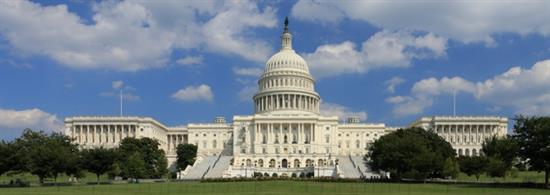Human Trafficking and U.S. Financial Markets
Washington,
January 30, 2018
The Subcommittee on Oversight and Investigations held a hearing today to explore how human traffickers exploit U.S. financial markets. The subcommittee examined how financial institutions monitor, review, and verify depository relations with a payment processor and better understood potential problems and long-term challenges that exist, including examples of how human traffickers avoid detection. “As with any large multi-national criminal enterprise, the life blood of human trafficking is the ability to transfer money,” said Subcommittee Chairman Ann Wagner (R-MO). “If the traffickers are unable to move their ill-gotten proceeds, or to purchase adds to traffic victims on sites such Backpage or the Erotic Review—their schemes fail. To date, Congress has not devoted sufficient attention to the vitally important question of how do we ensure that our financial markets are not being exploited by these traffickers. That changes with this hearing, which is the opening step of the Committee’s bipartisan investigation into this important issue.” Key Takeaways
Topline Quotes from Witnesses “Financial institutions have an excellent grasp on fraud prevention, detection, and mitigation. The threat of a potential loss justifies the resources required to address fraud effectively. The threat also creates a clear performance indicator – higher losses are bad, lower losses are good. This is not the case with money laundering, and consequently not the case with payments processed for human trafficking rings and other criminal organizations. There is no clear benefit to the institution other than the vague idea that they’ve avoided reputational risk and trivial sanctions and penalties.” – Bassem Banafa, Financial Forensics Consultant, Bassem Banafa, LLC “To combat human trafficking we need to be ever more reliant on the emerging capability of the banking community to analyze its data in a proactive way, to help locate cases of human trafficking. Following the money and the patterns of human trafficking in big data allows law enforcement to build effective cases without placing victims in jeopardy. This is cost effective, as banks are already allocating significant resources to countering money laundering. This new approach requires public-private partnerships of which we already have several excellent examples to build on.” – Louise I. Shelley, Founder and Director, Terrorism, Transnational Crime and Corruption Center, George Mason University “It is clear that our laws must keep pace with these rapid changes in both finance and technology. To fail to do so would leave law enforcement trailing behind sophisticated criminals who seek to operate anonymously beyond the existing legal framework. But we must remember that, behind these walls of encryption, laundering, and anonymity, there exist trafficked victims living in fear of force, fraud, and coercion. Traffickers seek to exploit the vulnerable without consequence, and our laws must not facilitate their ability to do so.” – The Honorable Cyrus R. Vance Jr., District Attorney, New York County, District Attorney’s Office |


